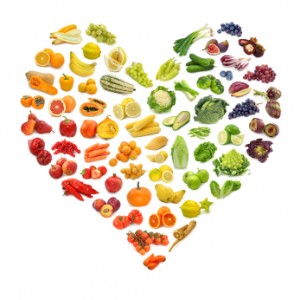
2018 is the beginning of another year and it brings family and friends together around tables for meal feasts of traditional food and customs around the world. Different countries have different New Year's meals and recipes including food with a variety of explanations for symbolism. There is also common "lucky" food eaten on the New Year Eve or Day worldwide, such as pork in the US, Cuba and several other countries. The following are the places I have visited and therefore know best.
An American New Year's day meal includes greens as they symbolize money and wealth. Pork is regarded as a sign of prosperity because of pigs’ forward root. Cornbread resembles gold, and it is the traditionally paired with another lucky food, peas or beans. Peas and beans also resemble money and guarantee good fortune for the coming year. It can be found that people throughout the south US eat the lucky food black-eyed peas as New Year tradition, which is called "Hoppin' John" made a dish seasoned with pork, ham or sausage and today this tradition has tended to other parts of the country, as well. American culture features some food symbolic of wishes for the coming next year, especially in southern part of the US, a few sorts of food is truly considered as ensuring for good luck and wealth.
Japanese people commonly eat food for special days and festivals named in a polite and honorific way - during the month after New Year. It is made with a few colorful dishes packed in layers of lacquer boxes, traditionally prepared at most Japanese homes days before New Year Eve but today it could be found in stores in Japan. Those dishes always include simmered kombu rolls, simmered black soybeans, candied dried sardines and so on. Various dishes symbolize various meanings, such as health, harvest, happiness, prosperity, long life, and so on. Toshikoshi soba, the Japanese year-crossing noodle, is a traditional food eaten on New Year's Eve in the country. It is made from buckwheat noodles in a hot soup. Japanese custom requests people to slurp this dish guaranteeing a lucky year. There are a few theories trusted that long soba noodles represent a long life, while several others thought taking Toshikoshi soba can let go of difficulties and hardship of the year since soba noodles are easy to cut while eating. Some people also believe it is a sign of strength and flexibility because the buckwheat plant has the ability to survive severe weather during the growing period.
My wife's family is from the south and the north of China. On December 31, in the northern part of China, some people eat dumplings, and in the southern part, some people eat New Year rice cakes, as these foods featuring symbolic of long life, wealth, happiness and luck in the coming next year in several folk cultures. In China, family and friends gather around tables and have a feast for dinner, while most of them do not have specific food traditions or customs. Since there is another more significant day for Chinese people in January or February each year – the Spring Festival. Spring Festival is the Lunar New Year in China, while this day is the beginning of a new year for Chinese. People enjoy a variety of traditional foods on the eve of Spring Festival.
‘Healthy’ Foods Nutritionists Say Are a Waste of Money https://www.realsimple.com/food-recipes/coinage-healthy-food-waste-mone…